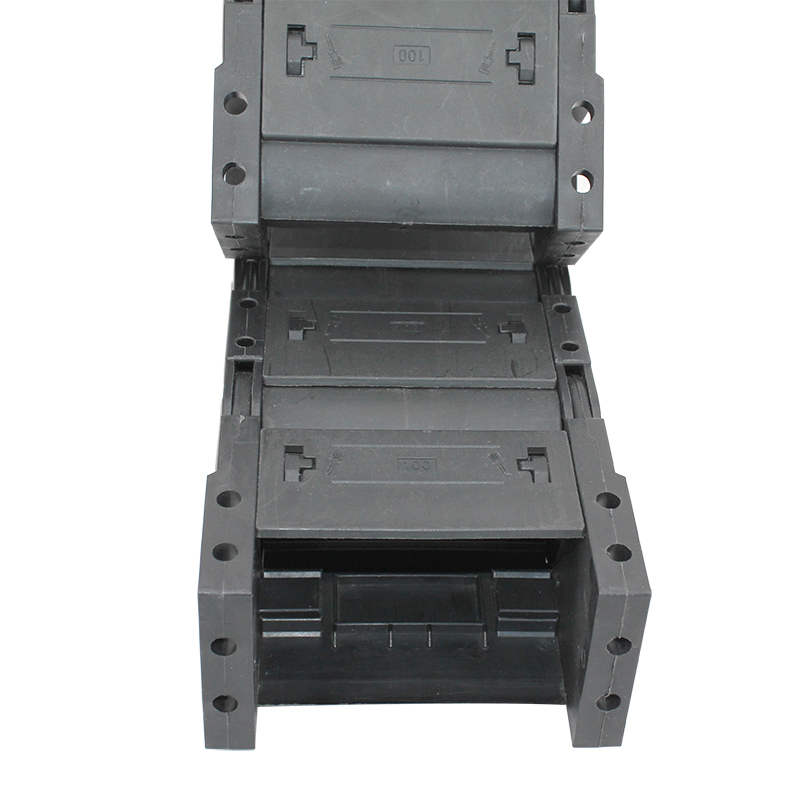wire drag chain
Understanding Wire Drag Chains A Comprehensive Overview
Wire drag chains, also known as cable carriers or cable chains, are essential components used in various industrial applications to guide and protect flexible cables and hoses. These chains are particularly important in environments where movement and flexibility are required, such as manufacturing, robotics, and automation systems. This article explores the features, benefits, and applications of wire drag chains, shedding light on why they are indispensable in modern engineering.
What are Wire Drag Chains?
Wire drag chains consist of linked segments that form a flexible pathway for cables and hoses. They are designed to prevent tangling and wear while allowing for controlled movement in machines and equipment. Typically made from durable materials such as plastic, steel, or aluminum, these chains can endure harsh conditions and heavy usage.
One of the primary features of wire drag chains is their versatility
. They come in various sizes and designs, accommodating different cable types and lengths. This adaptability makes them suitable for a wide range of applications, from small robotic arms to large industrial machinery.Key Benefits
1. Protection and Organization Wire drag chains protect cables from abrasion, crush damage, and environmental hazards. They serve to keep cables organized, which not only enhances safety but also simplifies maintenance and replacement procedures.
2. Flexibility and Mobility Designed for dynamic movement, wire drag chains can accommodate multiple axes of motion—be it linear, rotational, or a combination thereof. This quality makes them ideal for robotic systems, CNC machines, and conveyors.
3. Reduced Downtime By preventing cable wear and reducing the risk of accidental damage, drag chains help minimize equipment downtime. Organizations can avoid costly repairs and interruptions, ultimately leading to increased productivity.
wire drag chain

4. Customization Options Many manufacturers offer customizable drag chains, allowing engineers to tailor the design according to specific needs. This may include modifications in size, material, and even color coding for easier identification.
Applications
Wire drag chains find use in a multitude of industries, including
- Manufacturing In automated production lines, drag chains are used to manage power and data cables, ensuring smooth operation and reducing the likelihood of cable failure.
- Robotics In robotic systems, wire drag chains allow for efficient movement of cables that connect power and control signals, which is crucial for precise maneuverability.
- Automotive In automotive assembly plants, these chains help route hoses and cables in machines that perform assembly tasks, enhancing the reliability of processes.
- Aerospace The aerospace sector benefits from the lightweight yet robust nature of drag chains, which are used in various applications, including flight simulation equipment and avionics systems.
Conclusion
In summary, wire drag chains are an integral part of maintaining the efficiency and safety of machinery involving moving cables and hoses. Their protective characteristics, flexibility, and customization capabilities make them invaluable in a broad spectrum of industrial applications. As industries continue to evolve and demand greater efficiency, wire drag chains will undoubtedly remain a critical component in the design and operation of advanced machinery. Understanding their benefits and applications can ensure that businesses make informed decisions in their engineering and operational processes.








